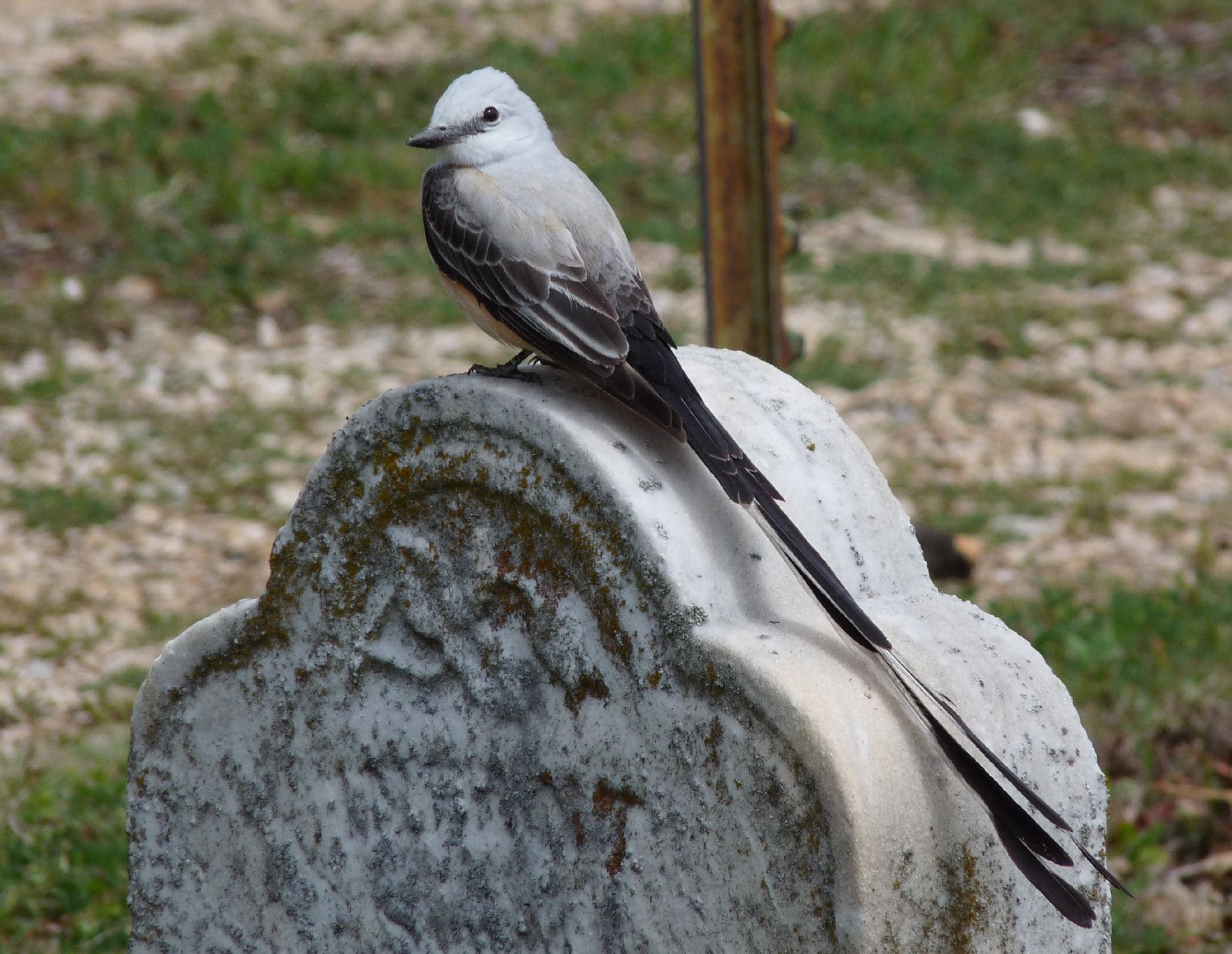Scissor-tailed Flycatcher
A species of Kingbirds, Also known as Scissor-tailed Kingbird Scientific name : Tyrannus forficatus Genus : Kingbirds
Scissor-tailed Flycatcher, A species of Kingbirds
Also known as:
Scissor-tailed Kingbird
Botanical name: Tyrannus forficatus
Genus: Kingbirds
Content
Description People often ask General Info
Description
The scissor-tailed Flycatcher has a relatively small range in the southern United States and migrates to Central America for the winter months. Otherwise, these birds can be found in savanna and grassland habitats with little to no foliage. The scissor-tailed Flycatcher is territorial but is a useful insectivore for farmers dealing with pest species.
Size
29-38 cm (11.5-15 in)
Life Expectancy
10-15 years
Nest Placement
Tree
Clutch Size
3 - 6 eggs
Incubation Period
1 - 2 broods
Number of Broods
13 - 23 days
Nestling Period
14 - 17 days
Feeding Habits
Scissor-tailed Flycatcher predominantly consumes insects like grasshoppers, crickets, and beetles. While foraging up to 30 feet high, they capture prey mid-air or glean from vegetation, frequently returning to perches to consume or process larger items. In winter, scissor-tailed Flycatcher may supplement its diet with fruit.
Habitat
Scissor-tailed Flycatcher inhabit savannas with scattered trees, shrubs, and brush in the south-central U.S. and northern Mexico. Common in ranches, farms, roadsides, and towns, they favor a mix of perches, open spaces, and nesting trees. This species winters in the same types of habitats within southern Mexico and Central America, often below 5,000 feet, but may go up to 7,500 feet. They roost in urban areas but forage in surrounding pastures, scrublands, and tropical forest edges.
Nest Behavior
Together, scissor-tailed Flycatcher searches for nest sites, assessing suitability by physical testing. Nest building is a solo task by females, potentially escorted by males, ranging from a few days to weeks. Egg-laying soon follows construction, and both parents partake in caring for the eggs and nurturing their young post-hatch.
Nest Characteristics
Scissor-tailed Flycatcher's nest is typically found in open areas, constructed in isolated trees or shrubs. It measures about 5-6 inches across with an inner cup around 3 inches wide and 2 inches deep. Coarse plant materials, string, and fabric line the structurally rough frame, featuring unique additions like paper and caterpillar cocoons for the inner cup, followed by a tightly woven lining of roots and cotton fibers.
Dite type
Insectivorous
People often ask
General Info
Feeding Habits
Bird food type
Bird Feeder Type

Platform
Behavior
Scissor-tailed Flycatcher exhibit a dynamic lifestyle, engaging in straight-line flights with rapid wingbeats and showcasing unique aerial maneuvers with their distinctively long, forked tails often seen fanned out. They are known to roost in large numbers during the migration seasons and flock together in winter. Territorial males arrive early in spring, defending their space fiercely, and along with their mates, they may pursue and evict intruders in high-speed chases, particularly in the mornings. These monogamous pairs within the breeding season aggressively fend off a variety of species that trespass into their territory, indicating a highly interactive and defensive habitat relation.
Species Status
Not globally threatened.
Scientific Classification
Phylum
Chordates Class
Birds Order
Perching birds Family
Tyrant flycatchers Genus
Kingbirds Species
Scissor-tailed Flycatcher 